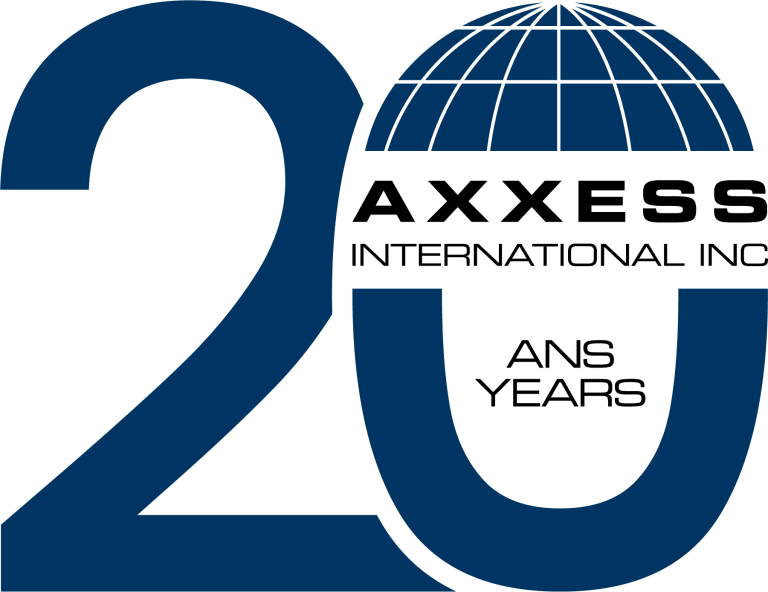Veuillez noter que certaines nouvelles de transport international ainsi que les nouvelles américaines sont disponibles en anglais seulement.
U.S. Census Bureau data confirms a sustained decline in import volumes from China since the beginning of the year. July was an exception as tariff deadlines drove frontloading. In response, China has strategically redirected its export flows toward markets with stronger demand. First noted in Maersk’s July market update, the shift has helped China maintain its export momentum. According to Maersk’s latest market update released in October, China’s share of global exports has increased to 37%.
Latin America and Africa have emerged as key growth regions. The October market update noted that btween 2019 and the first half of 2025, China’s share of total exports to Latin America increased by 11% to reach 38%. Container volumes to Africa also grew, increasing by 7% to reach 39% over the same period. In the first half of 2025, imports from China accounted for 40% of total containerized imports into Europe – a five-point increase compared to 2019.
The market update noted that while China remains a dominant manufacturing hub, sourcing activity is rising in Southeast Asia. Countries such as Vietnam, Cambodia, and the Philippines are experiencing increased activity as businesses seek to mitigate geopolitical risk and reduce exposure to tariffs.
Several factors contribute to the increase in tariff levels. This includes the framework agreement between the U.S. and the European Union (EU) reached in July, which introduces a 15% import tariff on a broad range of EU-origin goods. The U.S. has also implemented a 50% tariff on goods imported from India. Meanwhile, U.S.–China negotiations have delayed the implementation of a proposed 145% tariff on bilateral shipments, with the next decision deadline set for November 10.
These developments have led to a sharp rise in tariff payments for companies importing goods into the U.S. As of September 30, Maersk calculated that U.S. importers are paying an effective average tariff rate of 25% per container load on U.S. imports. The carrier noted that that one year earlier, the average tariff cost was only 5%.
Source: U.S. Census Bureau, Maersk




